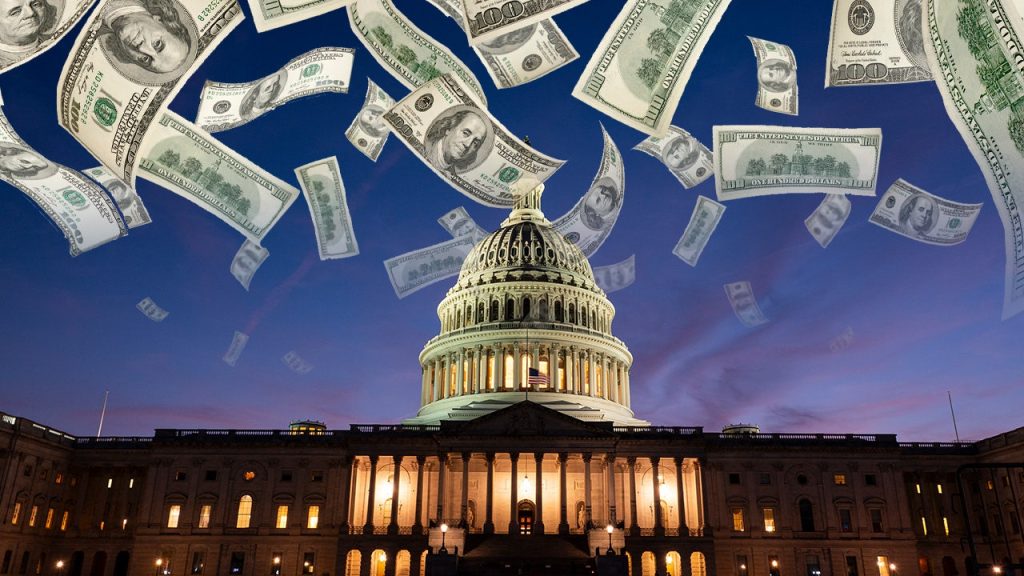A government shutdown, a recurring spectacle in American politics, sparks a fundamental debate about the appropriate size and scope of government. It occurs when Congress fails to pass spending bills, forcing “non-essential” federal agencies to cease operations, while “essential” functions like national security, law enforcement, and disaster response continue. This distinction highlights the core responsibilities of government and raises questions about the necessity of other programs. The duration of a shutdown significantly impacts its consequences. Short shutdowns, typically under two weeks, cause minimal disruption as federal employees receive back pay. However, prolonged shutdowns can have more noticeable effects, though these are often less severe than popularly portrayed. These shutdowns, while disruptive, can serve as opportunities to address the ever-growing national debt and evaluate federal spending priorities. They can force difficult conversations about fiscal responsibility and the potential elimination of unnecessary or inefficient programs.
The mechanics of a shutdown are intertwined with the federal budget process. This process, a complex annual cycle, begins in early February with the President’s budget proposal, outlining recommended spending across all government sectors. By mid-April, Congress aims to pass a budget resolution that sets overall spending limits, acting as a blueprint for the upcoming fiscal year. This resolution guides the House and Senate Appropriations Committees as they meticulously craft 12 individual spending bills. These bills allocate funding to specific agencies and programs and must be passed by September 30, the end of the fiscal year, to avoid a shutdown. Failure to meet this deadline necessitates a continuing resolution (CR), a temporary funding measure, to avert immediate disruption. If a CR is not passed, a partial government shutdown ensues, halting non-essential services and impacting various federal operations.
The debate surrounding government shutdowns encompasses diverse perspectives. Fiscal conservatives often view them as necessary checks on government spending, forcing prioritization and potential cuts to bloated programs. They argue that the ballooning national debt necessitates fiscal restraint and that shutdowns can serve as catalysts for responsible spending decisions. Conversely, opponents argue that shutdowns are disruptive, harmful to the economy, and ultimately ineffective in achieving meaningful budget reforms. They point to the negative impact on federal employees, the disruption of government services, and the potential economic consequences as reasons to avoid shutdowns at all costs. This fundamental disagreement about the role and size of government often fuels the political gridlock that leads to shutdowns in the first place.
The classification of government services as “essential” or “non-essential” also raises important questions. While core functions like national security are undeniably essential, the categorization of other services can be more subjective. This distinction can lead to debates about the relative importance of various government programs and their impact on the public. Determining which services are truly essential requires careful consideration of their societal value and the potential consequences of their disruption. The process of making these determinations often reflects the underlying political and ideological divisions within Congress and the wider public.
The consequences of a government shutdown extend beyond the immediate disruption of services. The uncertainty surrounding funding can negatively impact federal employees, contractors, and the economy as a whole. Delays in government projects, disruptions to research, and the potential for lost productivity can have far-reaching consequences. Furthermore, the political fallout from a shutdown can damage public trust in government and further exacerbate partisan divisions. The repeated use of shutdowns as a political tactic can erode the public’s confidence in the ability of their elected officials to effectively govern.
Ultimately, the debate about government shutdowns reflects a deeper philosophical divide about the role of government in society. Proponents of smaller government argue for limited intervention, prioritizing fiscal responsibility and individual liberty. On the other hand, proponents of a more active government emphasize the importance of social programs, public services, and government regulation. This fundamental disagreement underlies many of the political battles in Washington and often manifests in the form of government shutdowns. Finding a sustainable path forward requires navigating these competing visions and working towards compromise solutions that address both fiscal concerns and the need for effective government services.

